Sometimes all you need is a little bit of help. Quite often it is the friends and whanau of our patients that are the reason for their initial visit to our rooms. We’ll hear comments like:
“My mum thinks she is walking fine, but I have noticed that she has been catching her toes more often, especially when we are outdoors.”
“He just seems less confident when walking.”
“I have to look at my feet to make sure I don’t trip.”
“I love walking, but I have been finding that I’m just getting too tired towards the end of it. It’s like I can’t get my toes off the ground.”
Whether it has been a gradual change in the strength to pick up your toes (dorsiflexion), or a sudden onset of foot drop after a medical misadventure or an accident, today’s splint is very straight-forward, economic and effective for the right group of people.
There are many different companies that have made a version of this splint, so I will be discussing the basic design with it’s features and benefits. When you come in to see us, we can decide which brand will suit you best.
Unlike most AFO’s that assist with foot drop, this is an external, soft splint. It has 3 main components:
Ankle strap made of leather or fabric that attaches on itself with Velcro
Footwear piece (hooks or plastic insert) that is attached to the laces or eyelets of the footwear
Elastic band or strap that connects the footwear piece to the ankle strap
The amount of tension in the elastic band or strap is what gives this splint its functionality. The farther forward the shoe attachment piece is connected, the higher the tension in the elastic band, and the better toe clearance is achieved when walking. The elastic basically picks up your toes by pulling up the front of your shoe.
This splint is ideal for those patients who are mainly struggling with weak or absent dorsiflexion of the ankle, but whose other muscle groups are still quite strong. Because of the soft design, it does not provide any stability when walking, but only assists with toe clearance.
Most of the companies manufacturing these splints, also have a shoeless attachment that can be ordered separately. This is ideal then for indoor use and can be useful in hydrotherapy too.
Benefits:
Low profile
Easily adjustable
Fits externally so it doesn’t fill up space in footwear
Can be used without shoes
Soft design reduces chance of skin pressure or chaffing
Economic
Different components can be replaced separately as is needed
This product is not suitable for patients with fixed deformities, strong spasticity patterns or those requiring more ankle stability. It can also be more challenging affixing it to sandals or shoes with Velcro straps instead of laces. Patients with weak hands or arthritic fingers might struggle to attach the elastic band effectively.
Did you see yourself or your loved one in one of the comments above? Does it sound like you can do with a little bit of help? We’d be happy to hook you up!




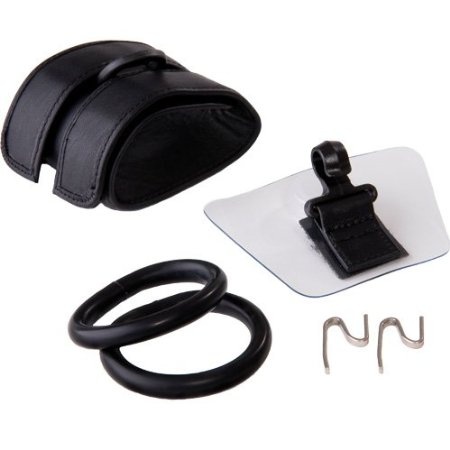

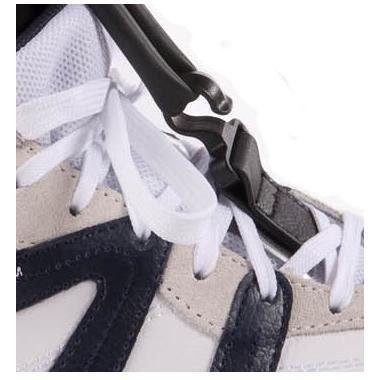

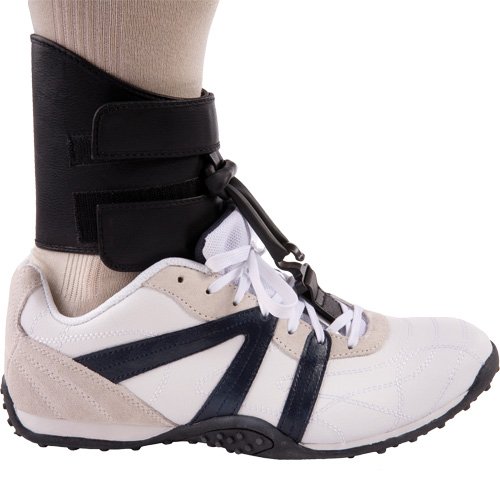

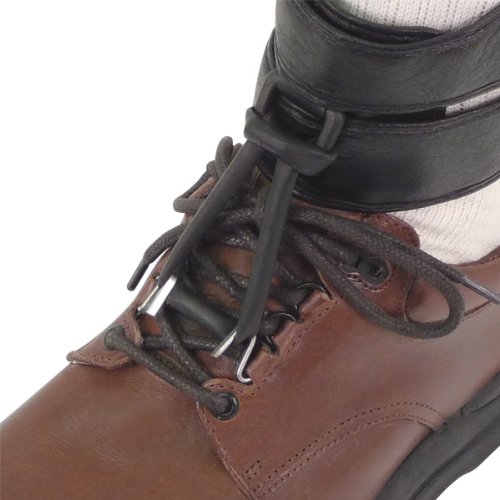

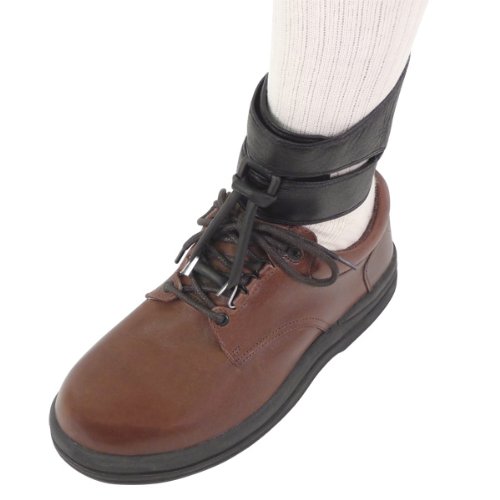















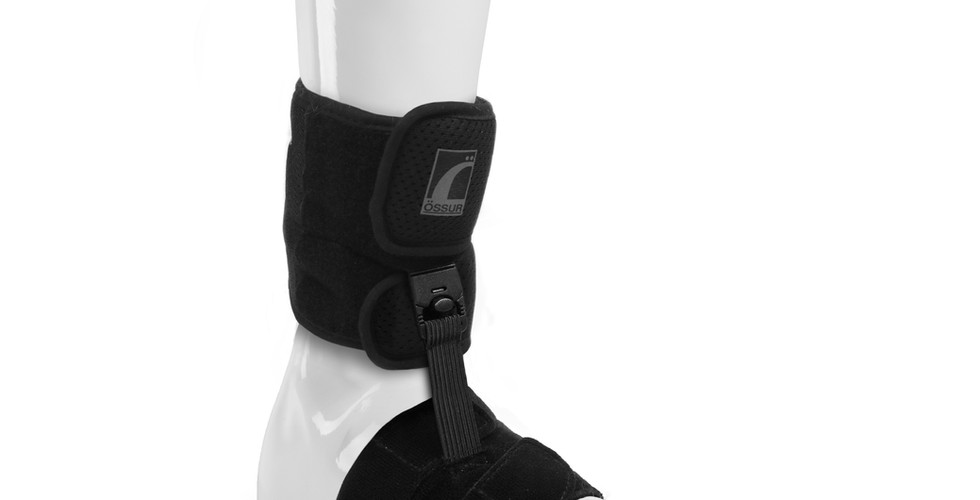
Comments